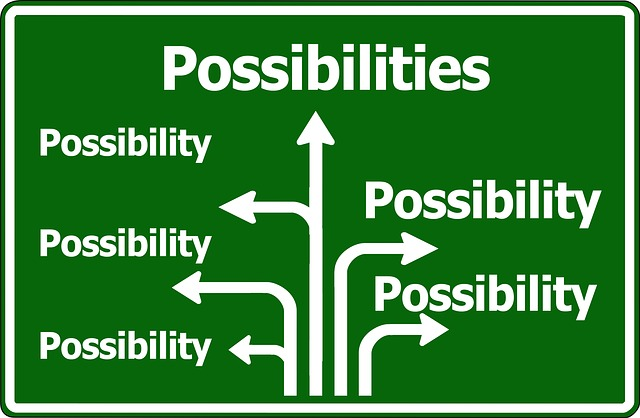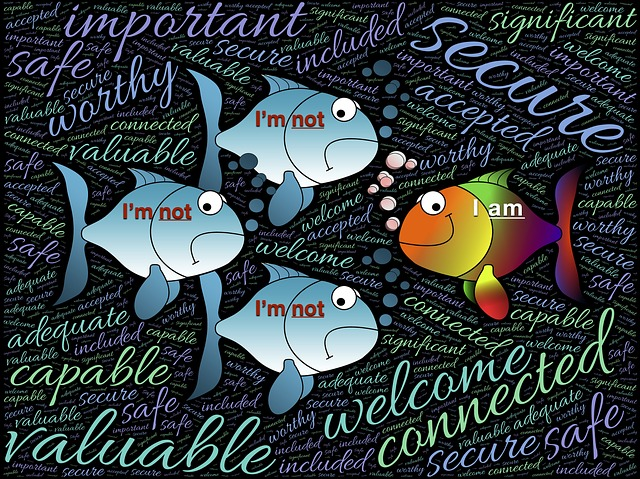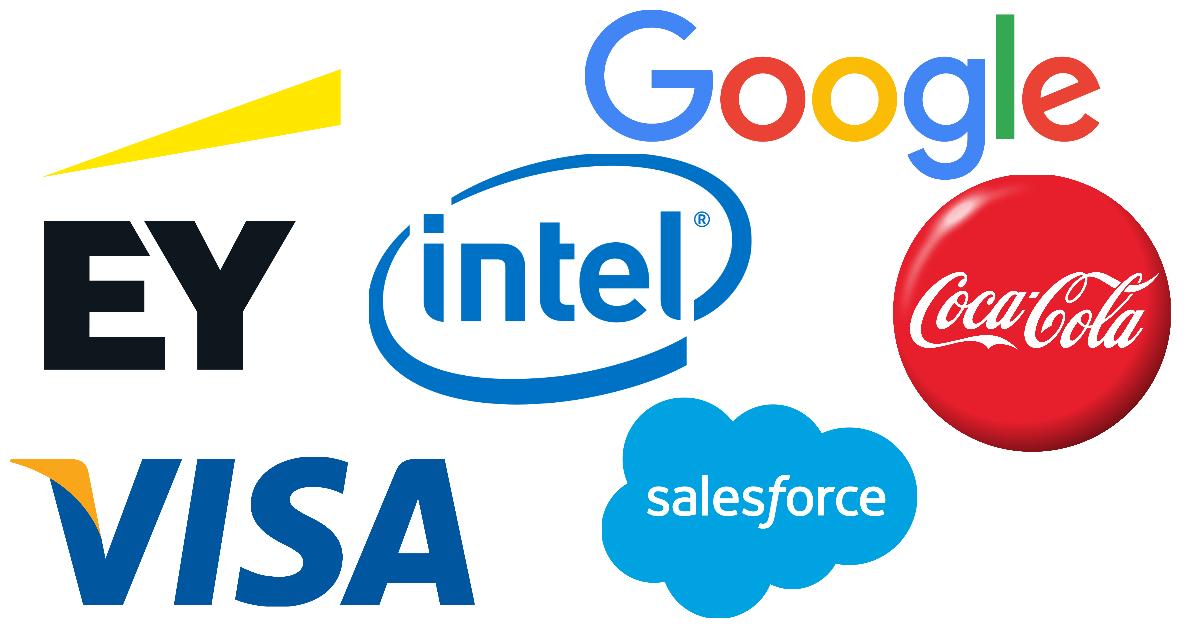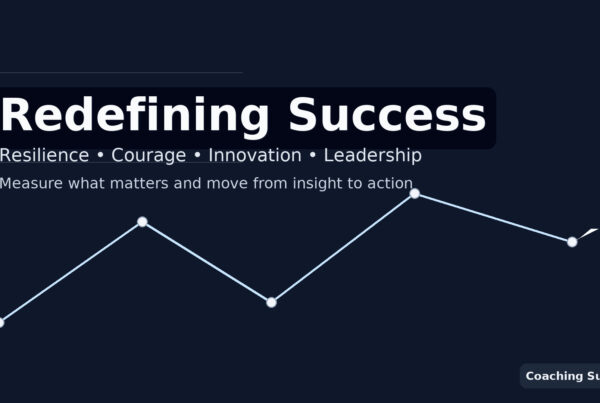Creating Diversity and Inclusion Programs in the Workplace: Strategies for Success

In the modern business world, diversity and inclusion are priorities for companies looking to create an engaged, innovative and productive team while building a positive brand and core company values and image. Nevertheless, creating a diverse workforce and inclusive corporate culture is not easy — it requires an organizational commitment and a dedicated effort to build policies and programs that support and reflect inclusivity. In this post, we’ll explore the strategies for creating successful diversity and inclusion programs in the workplace.
Why Is Workplace Diversity Important?
Diversity is essential for innovation, growth and success. It offers fresh perspectives and different ways of looking at problems and solutions. Companies with a diverse workforce tend to be more successful because their senior leaders and teams can draw on a wider pool of experiences, knowledge and skills.
A study by McKinsey & Company found that companies in the top quartile for racial/ethnic diversity are 35% more likely to experience better financial performance than those in the bottom quartile.

Additionally, a diverse workplace with inclusive language can promote employee engagement, help attract top talent and improve your company’s reputation as an employer of choice. Its inclusive language also helps create a positive work culture as employees feel they are respected, included and valued in the organization.
Building Awareness: Start with Education
Building awareness is the first step in creating a more diverse and inclusive workplace and culture. Companies can accomplish this by establishing an educational program to convey the benefits of diversity and inclusion. This could include employee training, workshops, and seminars that cover topics like implicit bias, microaggressions, and the significance of diversity in a business setting. By understanding the value of diversity and inclusion goals and why they matter, employees are more likely to support and promote them.

By providing education, implementing policies, measuring progress and creating an inclusive culture with executive support, companies can successfully launch diversity and inclusion programs as effective strategies that positively impact their workplace. Ultimately, embracing diversity and inclusive workplaces leads to happier and more successful teams that can better meet customer needs.
Create More Inclusive Workplace Policies
It’s important to put strong workplace policies in place that protect employees from discrimination, harassment and bullying. These policies should include a clear definition of what constitutes unacceptable behaviour, as well as the consequences for violating company policy. Additionally, companies should create a complaint process allowing employees to report inappropriate behaviour without fear of retribution.
Provide Opportunities for Professional Development
In addition to unconscious bias training and creating more diverse and inclusive workplaces through company and workplace policies, providing opportunities for professional development and career advancement among all groups is essential. Companies can do this by investing in employee training programs, mentorship programs and networking events. This will ensure everyone can access the same resources to pursue their goals regardless of gender, race or other identity traits.

Implement Policies to Support Diversity and Inclusion
Once awareness of workplace diversity has been raised, it’s important to implement policies that reflect these company values. Companies should consider crafting policies that promote diversity in areas like hiring, promoting, and retaining employees. This includes considering different types of workplace diversity like gender, race, ethnicity, age, religion, and sexual orientation. For example, businesses could offer all employees equal pay or reasonable accommodation for individuals with different religious beliefs or disabilities.
Measure Progress
Establishing metrics is essential to track the success of diversity and inclusion programs. Measuring progress allows companies to identify weaknesses and strengths, track initiatives, and adjust them as needed. The metrics could include the following:
- Employee feedback.
- Retention rates for employees from diverse backgrounds.
- Representation of diverse employees in leadership positions.

Creating an Inclusive Culture
Creating an inclusive culture is critical to the success of diversity and inclusion programs. Companies with diversity, equity and inclusion should strive to create a safe and welcoming environment for employees of all backgrounds. This could include creating affinity groups or support networks for marginalized employees and other programs encouraging a sense of diversity equity and inclusion of cultural diversity, equity and inclusion of belonging. It’s crucial to provide transparency in diversity and inclusion efforts, celebrate diversity and provide opportunities to showcase various cultures.

Get Executive Support
Support from executives is essential to the success of diversity and inclusion programs. When a leadership team prioritizes diversity and inclusion, it becomes a core value for the entire organization.
Establishing a diversity and inclusion council, creating opportunities for executive leaders to learn about the significance of diversity and inclusion, and encouraging them to participate in employee resource groups and social events are tremendous steps toward creating a successful program.
Challenging unconscious biases
This is vital to creating an inclusive environment, starting at the top. Encouraging executives and managers to challenge their personal and unconscious biases can help create an open climate where all employees feel accepted and respected.

Creating a culture that fosters employee engagement
When businesses prioritize diversity in the workplace, they feel confident they will reap the rewards of having a talented staff who represent different backgrounds, perspectives, skills and experiences. This creates a richer work environment where everyone feels valued. It’s key for employers to recognize that diversity and inclusion are essential for success in the 21st century.
Fostering open dialogue and communication among employees on diverse teams from other cultures is also key to developing an inclusive workplace.
Encouraging employees from many organizations and various backgrounds to share their own biases and perspectives can lead to meaningful conversations, building trust and respect for different cultures. In addition, having clear goals and expectations for diversity and inclusion will help create a more unified culture.
Additional Training
Companies should also provide training for managers, team leads, hr leaders, and employees to ensure everyone is on the same page regarding the importance of diversity and inclusion. Providing resources such as books, articles, webinars, or seminars can be beneficial in helping people understand why it’s important to be aware of and embrace differences. Finally, companies should ensure that employees understand the appropriate resources they are providing areas.
Businesses must invest in diversity and inclusion programs to create a diverse and inclusive workplace culture that encourages employee engagement, collaboration and respect. Diversity and inclusion strategies and initiatives will help build a thriving business and attract top talent.
Real-life Examples of Diversity and Inclusion Programs in the Workplace

Coca-Cola
Coca-Cola is committed to creating an inclusive and diverse culture. The company has a diversity advisory team member and council, which includes leaders from across the organization, that provides insights on diversity and inclusion strategy and business goals. Coca-Cola also implemented a Supplier Diversity program that prioritizes sourcing from diverse companies and backgrounds.
Visa
Visa has established a comprehensive diversity and inclusion policy covering all areas, including the organization, hiring process and development, employee retention, advancement opportunities, and supplier diversity. Visa has established several employee resource groups that provide necessary support and representation for their employees.
Salesforce
Salesforce is known for its commitment to diversity and inclusion in the workplace. The technology company has created several initiatives to promote diversity and sponsorship programs for underrepresented groups such more women, through organizations such as its Women’s Network and Black Employee Resource Group. In 2020, Salesforce also established a Racial Equality and Justice task force in response to the Black Lives Matter movement.
Intel
Intel is dedicated to fostering a diverse and inclusive work environment. The technology company has implemented several programs to encourage employees to promote diversity, such as its Diversity Fund, which provides financial support to nonprofit organizations that aim to increase diversity in the technology industry. Moreover, Intel’s Diversity and Inclusion Center of Excellence offers resources and support for employees, including diversity training, mentoring programs, and leadership development programs.
Ernst & Young (EY)
EY, one of the world’s largest professional services firms, has prioritized diversity and inclusivity. Through its EY Women’s Network and EY Black Network, the company provides its employees with support, networking opportunities, diversity and inclusion training, and mentorship programs. EY has also implemented a Global Diversity and Inclusiveness Framework, which focuses on four key areas: leadership, accountability, culture, and talent.
Google has a long-standing commitment to improving diversity and inclusion in the workplace. The technology giant regularly does employee surveys and publishes diversity reports detailing its employees’ demographic makeup and efforts to increase diversity. Google has also established several programs to promote diversity, such as its Women Techmakers program, which provides resources and support for women in technology, and its Disability Alliance, which advocates for workplace flexibility for employees with disabilities.
In conclusion, these real-life examples demonstrate that creating diversity and inclusion programs to improve diversity in the workplace is beneficial for employees and businesses. By using diverse workforces, inclusive strategies and prioritizing diversity and inclusivity in the hiring process, companies can attract top talent, improve employee satisfaction and productivity, and better understand and serve their customers.
Final Thoughts
Diversity and inclusion strategies, with tangible long-term impacts, are critical in today’s business world. By following the strategies discussed above, companies can make significant strides toward implementing successful and effective diversity and inclusive programs in the workplace. By doing so, businesses can create a diverse and inclusive culture that leads to a more engaged and innovative team, increased productivity, and higher profits. It’s essential to prioritize diversity and other inclusion strategies and understand the benefits of promoting these values to succeed in the modern business landscape.



